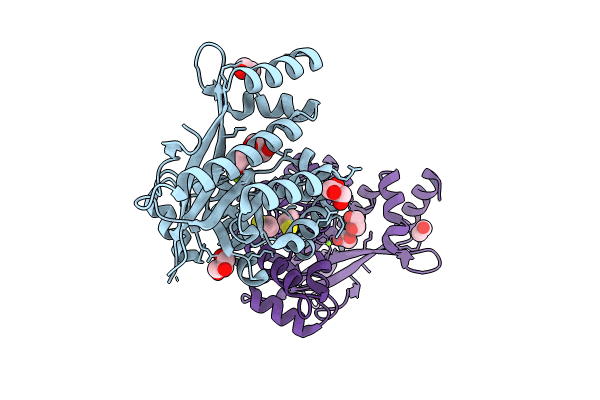
Deposition Date
2023-07-08
Release Date
2024-05-15
Last Version Date
2024-11-27
Entry Detail
Biological Source:
Source Organism:
Pseudomonas aeruginosa PAO1 (Taxon ID: 208964)
Host Organism:
Method Details:
Experimental Method:
Resolution:
2.30 Å
R-Value Free:
0.23
R-Value Work:
0.18
Space Group:
P 21 21 21


